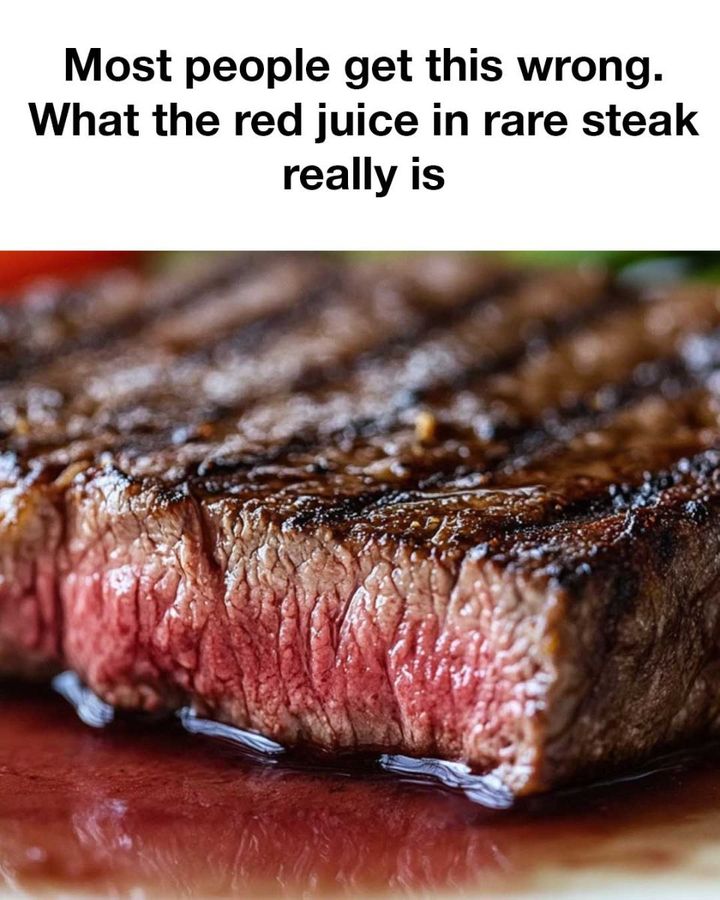The color of the juices and meat can be a reliable indicator of doneness. Rare steaks, typically cooked to an internal temperature of 120-130°F (49-54°C), will have the most myoglobin-rich juice, appearing reddish. As the internal temperature rises, the juices become clearer and the meat’s color transitions from red to pink and eventually brown.
Nutritional Aspects of Myoglobin-Rich Juices
The juices from a rare steak, rich in myoglobin, also have nutritional benefits. Myoglobin is a source of iron, vital for oxygen transport in the bloodstream, alongside other essential minerals and amino acids. Consuming these juices can contribute beneficially to one’s diet, especially in combating iron deficiency.
Consumer Perception and Cultural Factors
Diners’ hesitance towards red juice in steaks often stems from cultural perceptions around meat and blood. Historical and societal taboos against consuming blood have influenced these misconceptions. Educating consumers about the true nature of myoglobin juices can gradually change these perceptions, encouraging more people to enjoy their steaks at various levels of doneness.
Conclusion: Enjoying a Rare Steak with Confidence
Understanding that the red juice in a rare steak is myoglobin and not blood can transform your steak-eating experience. This knowledge allows you to appreciate the flavors and textures of rare meat without unfounded concerns. Next time you savor a juicy rare steak, you can do so with the confidence that it’s both safe and flavorful.

